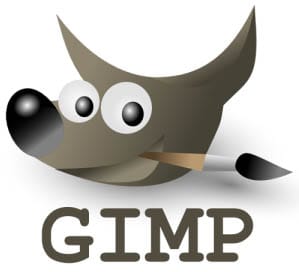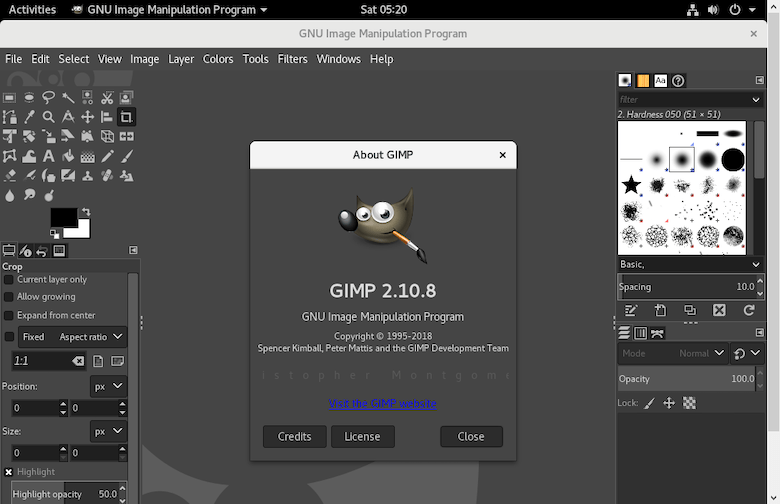How To Install GIMP on Debian 12

GIMP, short for GNU Image Manipulation Program, is a powerful open-source graphic editing tool that offers a wide range of features for creating and manipulating digital images. Whether you’re a professional graphic designer or a hobbyist looking to enhance your photos, GIMP is an excellent choice. In this article, we’ll guide you through the process of installing the latest version of GIMP on Debian 12, ensuring you have access to all the latest features and improvements.
Understanding GIMP and Debian 12
Before diving into the installation process, let’s take a moment to understand what GIMP and Debian 12 are. GIMP is a versatile image editing software that provides a user-friendly interface and a vast array of tools for tasks such as photo retouching, image composition, and graphic design. It supports various image formats and offers a customizable workspace, making it suitable for both beginners and advanced users.
Debian 12, also known as “Bookworm,” is the latest stable release of the Debian operating system. It is known for its stability, security, and extensive software repository. By installing GIMP on Debian 12, you can take advantage of the latest features and improvements while benefiting from the robustness of the Debian ecosystem.
Prerequisites for Installing GIMP on Debian 12
Before proceeding with the installation, ensure that your Debian 12 system meets the minimum requirements for running GIMP. GIMP requires a relatively modern processor, at least 4 GB of RAM, and a graphics card with OpenGL support. Additionally, make sure your system is up to date by running the following commands in the terminal:
sudo apt update
sudo apt upgradeMethod 1: Installing GIMP Using APT
The easiest and most straightforward method to install GIMP on Debian 12 is using the APT package manager. Follow these step-by-step instructions:
Step 1: Update the Package List
Open a terminal and run the following command to update the package list:
sudo apt updateStep 2: Install GIMP
Once the package list is updated, install GIMP by running:
sudo apt install gimpAPT will handle the installation process, including the resolution of any dependencies.
Step 3: Verify the Installation
After the installation is complete, you can verify that GIMP is installed correctly by launching it from the application menu or by running the following command in the terminal:
gimpUsing APT to install GIMP is straightforward and ensures that you have a stable version that is compatible with your Debian 12 system. However, the version available in the Debian repositories may not always be the latest release.
Method 2: Installing GIMP Using Flatpak
Flatpak is a universal packaging system that allows you to install applications in a sandboxed environment, providing better isolation and security. Here’s how to install GIMP using Flatpak on Debian 12:
Step 1: Install Flatpak
If Flatpak is not already installed on your system, run the following command:
sudo apt install flatpakStep 2: Add the Flathub Repository
Flathub is the primary repository for Flatpak applications. Add it to your system by running:
flatpak remote-add --if-not-exists flathub https://flathub.org/repo/flathub.flatpakrepoStep 3: Install GIMP via Flatpak
To install GIMP using Flatpak, execute the following command:
flatpak install flathub org.gimp.GIMPStep 4: Verify the Installation
Launch GIMP from the application menu or run the following command in the terminal:
flatpak run org.gimp.GIMPUsing Flatpak to install GIMP offers several benefits. It allows you to have the latest stable version of GIMP, independent of the Debian repositories. Flatpak also provides better isolation and security, as applications run in a sandboxed environment.

Method 3: Building GIMP from Source
For advanced users who require specific customizations or want to use the latest development version of GIMP, building from source is an option. Here’s how to compile and install GIMP from source on Debian 12:
Step 1: Download the Source Code
Visit the official GIMP website (https://www.gimp.org) and download the source code for the desired version.
Step 2: Install Build Dependencies
Install the necessary build dependencies by running:
sudo apt install build-essential libgtk2.0-dev libgegl-dev libbz2-dev libjpeg-dev libpng-dev libtiff-dev libmng-dev libwmf-dev libz-dev libxml2-dev libpango1.0-dev libcairo2-dev libexif-dev liblcms2-dev libgs-dev libpoppler-glib-dev libpoppler-private-dev libmypaint-dev libwebp-dev libwebkitgtk-3.0-dev libpoppler-cpp-dev libheif-dev libbabl-dev libraw-dev libgexiv2-dev libgimp2.0-dev libglib2.0-dev libgtk-3-dev libmypaint-devStep 3: Extract and Configure
Extract the downloaded source code and navigate to the extracted directory. Run the following commands to configure the build:
./configure --prefix=/usr
makeStep 4: Install GIMP
Once the build process is complete, install GIMP by running:
sudo make installBuilding GIMP from source allows you to have full control over the features and customizations. However, it requires more technical knowledge and may be time-consuming.
Common Issues and Troubleshooting Tips
While installing GIMP on Debian 12 is generally straightforward, you may encounter some common issues. Here are a few troubleshooting tips:
- If you encounter dependency errors during installation, ensure that you have updated your package list and have all the required dependencies installed.
- If GIMP fails to launch after installation, try running it from the terminal to see if any error messages are displayed. This can help identify missing dependencies or configuration issues.
- If you experience performance issues or crashes, make sure your graphics drivers are up to date and that your system meets the minimum requirements for running GIMP.
Additional Configuration and Plugins for GIMP
Once you have successfully installed GIMP on Debian 12, you can further enhance its functionality by installing additional plugins and configuring settings. Here are a few suggestions:
- Explore the extensive collection of GIMP plugins available in the Debian repositories or through third-party sources. Plugins can add new features, filters, and tools to expand GIMP’s capabilities.
- Customize GIMP’s interface and preferences to suit your workflow. You can rearrange panels, customize keyboard shortcuts, and adjust performance settings to optimize your experience.
Congratulations! You have successfully installed GIMP. Thanks for using this tutorial for installing the latest version of GIMP on Debian 12 Bookworm. For additional help or useful information, we recommend you check the official GIMP website.